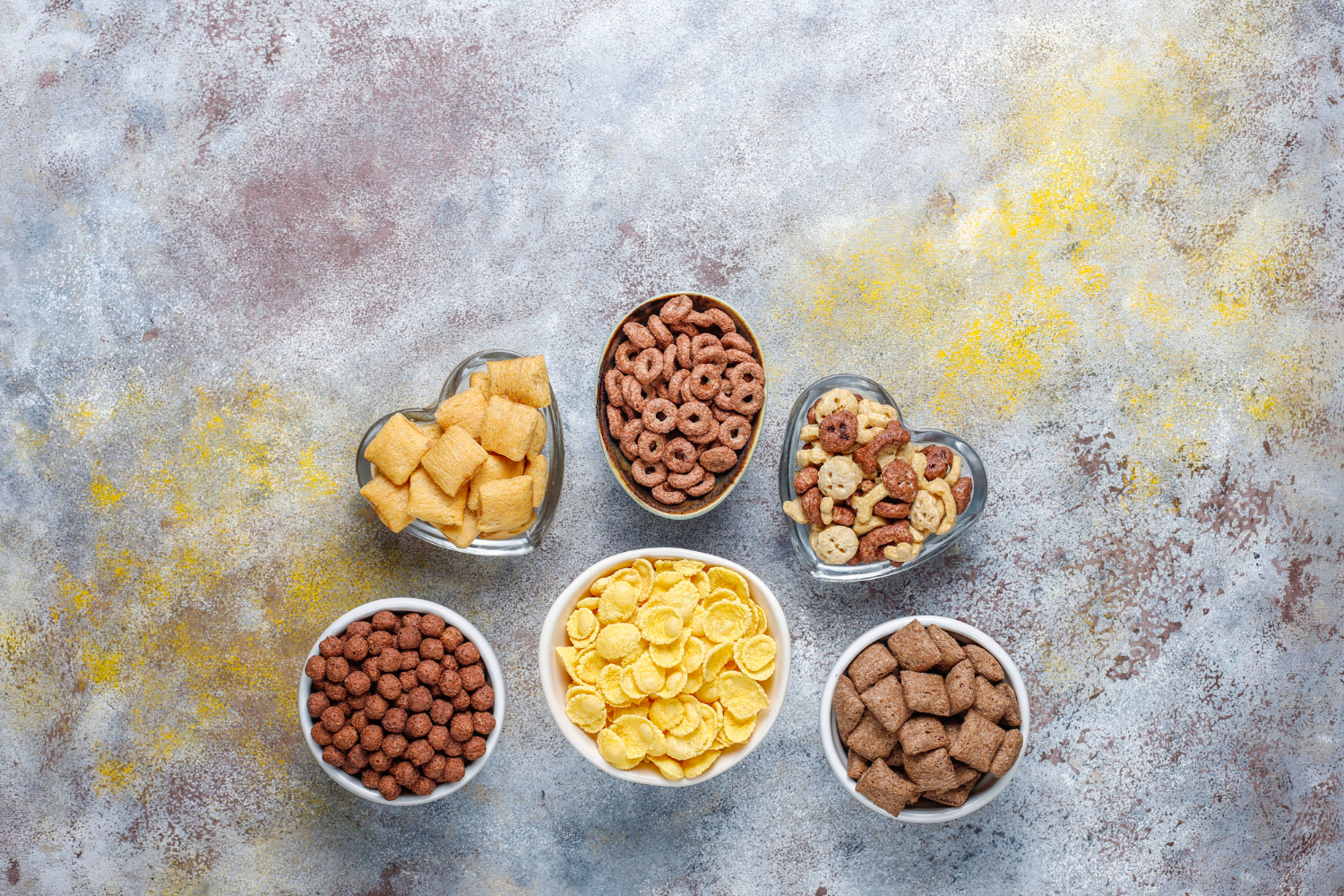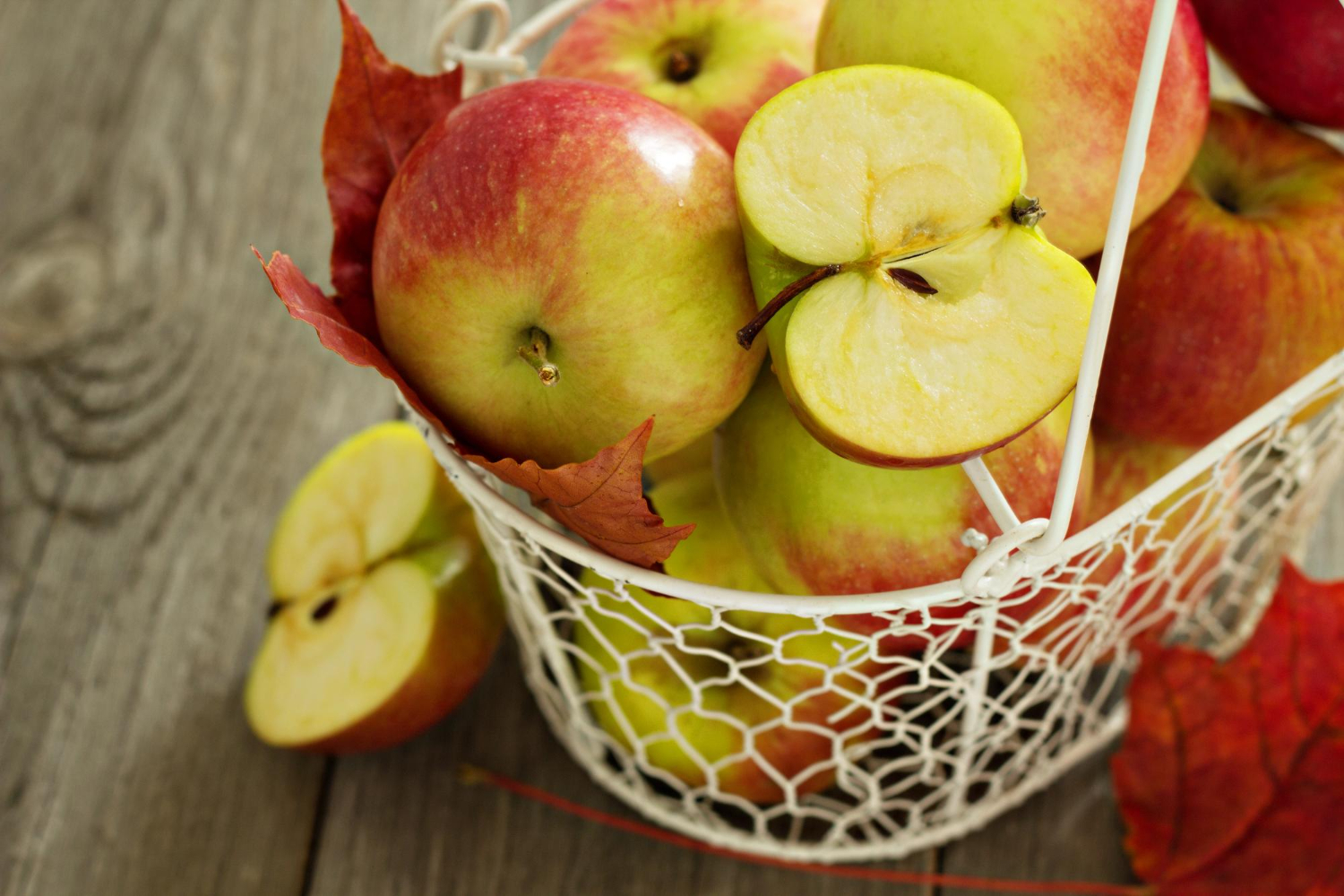Fiber in world cuisines: How do different cultures use fiber in their traditional dishes?
The culinary world is full of diversity. Different cultures experiment with different ingredients, spices and cooking techniques to create unique dishes. One of the mysterious heroes that is present in almost every kitchen in the world is fiber. Fiber, although often underestimated, plays a key role in our healthy eating and plays an important role in traditional cuisines around the globe. Let’s take a look at how different cultures use fiber in their dishes.
Asia: Rice and vegetables as a source of fiber
Asia is famous for its rich culinary tradition, and many Asian dishes are known for their lightness and healthiness. In Asian kitchens, fiber often comes from rice and fresh vegetables. Rice is a staple diet in many Asian countries such as Japan, China and India. However, this is not ordinary white rice, but often whole grain rice, which is richer in fiber. Vegetables such as broccoli, kale, carrots and zucchini also play an important role in Asian dishes and provide valuable fiber. Nasi goreng is a tasty dish with stewed rice, vegetables and various spices. Thanks to the addition of vegetables such as broccoli, carrots and lentils, it provides a generous dose of fiber.
Middle East: Lentils and hummus
The Middle East is another region where fiber is important in traditional dishes. Lentils are a popular ingredient in cuisines such as Turkish, Lebanese and Israeli. Lentils are a rich source of fiber and plant protein, making them an important part of the Middle Eastern diet. Hummus, which is made with chickpeas, olive oil, tahini and spices, is another fiber-rich dish that is loved all over the world. Dishes like dal and chana masala, made with lentils and chickpeas, are full of fiber, which contributes to digestion and overall health.
Latin America: Beans and avocado
In Latin American cuisines such as Mexican and Brazilian, fiber is often provided by beans. Beans, both black and red, are used to prepare dishes such as chili, burritos and feijoada. Avocado, popular in Mexican cuisine, is also a good source of fiber, vitamins and healthy fats. Dishes like chili con carne and bean tacos are great sources of fiber while also being tasty treats.
Europe: Whole grain cereals, pea and oat fiber
In European kitchens, wholegrain cereal products such as wholemeal bread, wholegrain pasta and groats provide significant amounts of fiber. Additionally, peas and oatmeal are an important source of fiber in some traditional dishes. Pea soup, classic in Poland, contains a lot of fiber thanks to peas, and oatmeal, popular for breakfast, is an excellent source of fiber in British and Irish cuisine.
Mediterranean cuisine, known for its healthy approach to food, is rich in fiber. Vegetables, fruits, nuts, seeds and whole grains are key elements of the diet in this area. An example of a fiber-rich dish is a Greek salad with quinoa and vegetables. The combination of vegetables, quinoa and olive oil provides the body with healthy fiber and important nutrients.
In Scandinavia, oatmeal is an integral part of the diet. Traditional dishes such as Swedish millet provide a significant amount of fiber. Forest fruits, which are often added to porridge, also contain fiber, which contributes to a healthy lifestyle.
Summary
Fiber is a key component of a healthy diet and plays an important role in digestion, weight maintenance and overall health. Thanks to the diversity of cultures around the world, there are many ways to use fiber in traditional dishes. No matter where you are, it’s worth getting inspired by different cuisines and introducing more fiber into your diet to enjoy the benefits of healthy eating. Fiber is like a secret health treasure, hidden in delicious dishes from all over the world.


